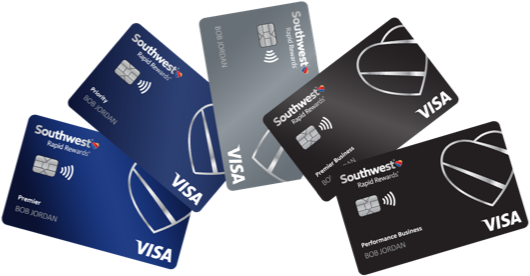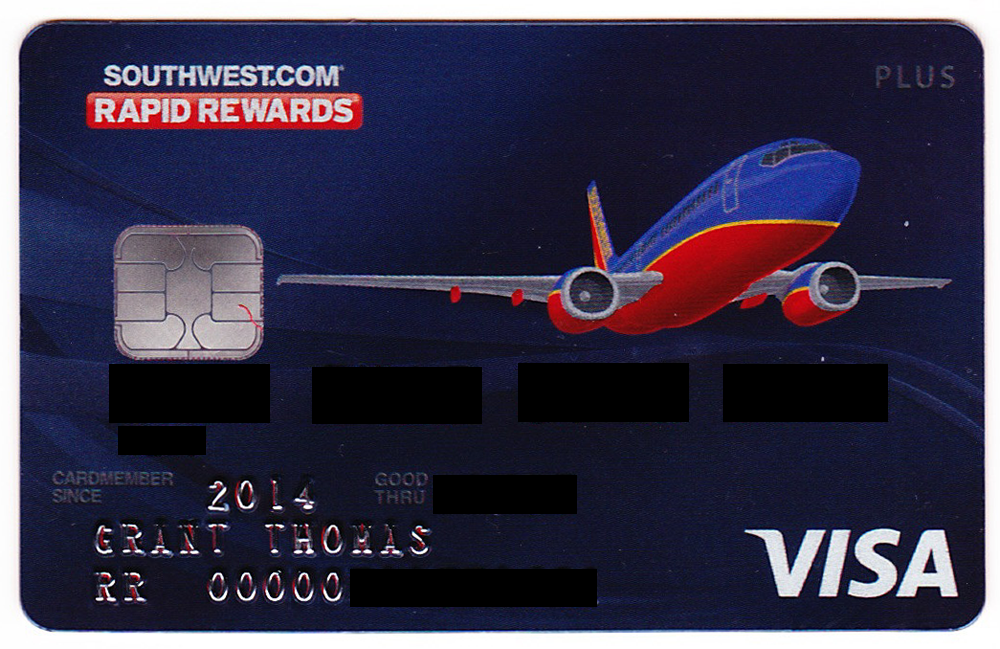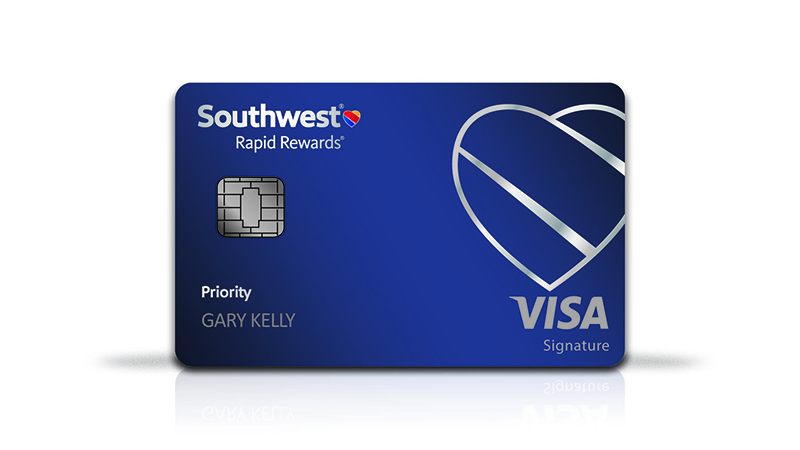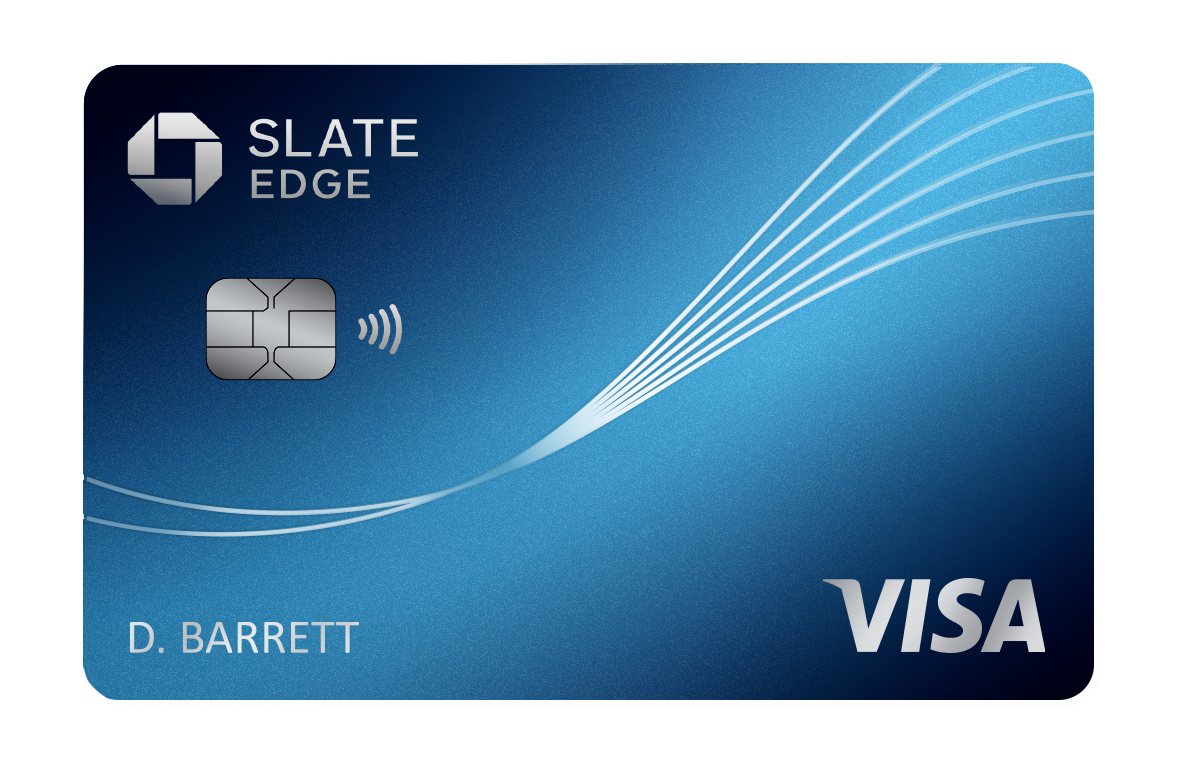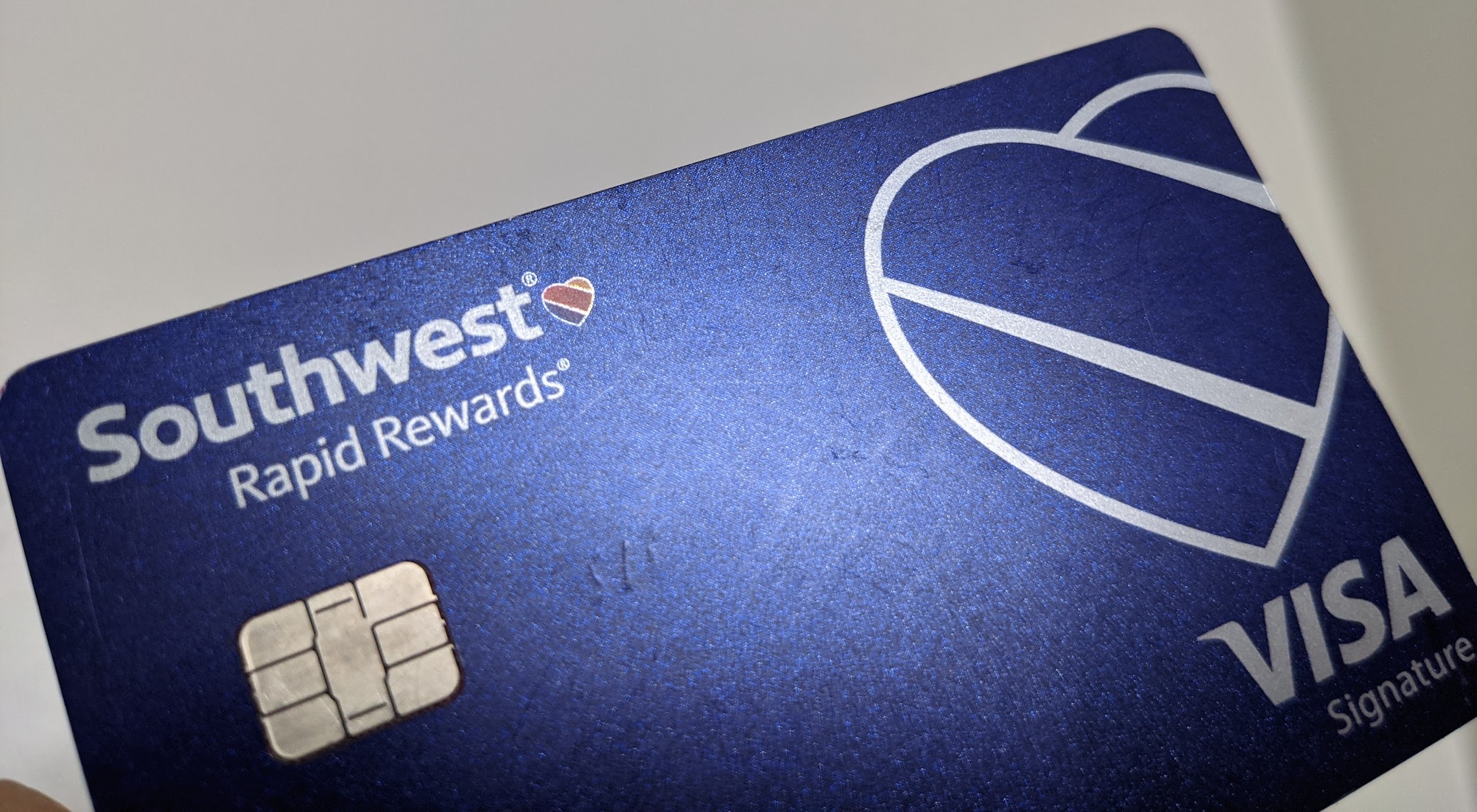Chase Southwest Credit Card Interest Rate
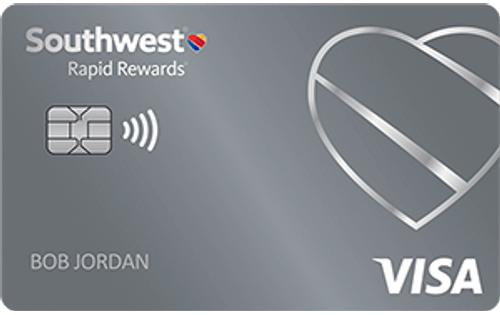
Sky-high interest rates are a silent threat to many credit card holders, and those carrying a balance on their Chase Southwest Rapid Rewards cards are no exception. With economic uncertainty looming and inflation still a concern, understanding the interest rates associated with these popular travel rewards cards is more crucial than ever for responsible financial planning.
This article delves into the interest rate landscape of Chase Southwest credit cards, examining the factors that influence these rates, comparing them to industry averages, and offering insights for consumers to navigate the complexities of credit card interest and avoid potential financial pitfalls. We will explore the range of APRs, the impact of credit scores, and strategies for managing debt effectively.
Understanding the APRs on Chase Southwest Cards
The Annual Percentage Rate (APR) on Chase Southwest Rapid Rewards credit cards is variable and tied to the Prime Rate. This means the rate can fluctuate based on changes in the broader economic climate.
Currently, the APRs for purchases on these cards typically range from 19.49% to 29.49%. This range is subject to change and depends heavily on an applicant's creditworthiness.
A higher credit score generally translates to a lower APR, while a lower score results in a higher rate. Cash advances and balance transfers often carry different, and potentially higher, APRs than purchases, so careful consideration is essential before utilizing these features.
Factors Influencing Your Interest Rate
Several factors play a significant role in determining the interest rate you receive on your Chase Southwest credit card.
Your credit score is paramount. Chase, like other lenders, uses credit scores to assess risk. Excellent credit scores, generally considered 750 or higher, qualify for the lowest possible rates.
Credit history, including the length of time you've had credit, payment history, and amount of outstanding debt, also influences the APR. Chase also considers your income and debt-to-income ratio when evaluating applications and setting interest rates.
Comparing Chase Southwest APRs to Industry Averages
It's important to put the Chase Southwest card APRs into perspective by comparing them to industry averages.
According to data from the Federal Reserve, the average credit card interest rate is around 22%. This figure is based on all credit cards, not just travel rewards cards, which may have slightly different rate structures.
The Chase Southwest card APRs fall within a fairly standard range for rewards cards, but it's essential to recognize that these rates can be significantly higher than those offered by low-interest credit cards or secured cards, which are designed for individuals with limited or damaged credit.
Strategies for Managing Credit Card Interest
Managing credit card debt and minimizing interest payments is crucial for financial well-being.
The most effective strategy is to pay your balance in full each month. This allows you to avoid incurring any interest charges whatsoever and fully enjoy the rewards benefits of the card.
If carrying a balance is unavoidable, consider strategies such as balance transfers to cards with lower introductory APRs or exploring debt consolidation options. Another sound approach is to make more than the minimum payment each month to reduce the principal balance faster and minimize accruing interest.
The Impact of Economic Conditions
Economic conditions have a direct impact on credit card interest rates. The Federal Reserve's monetary policy, particularly its decisions regarding the federal funds rate, influence the Prime Rate, which serves as a benchmark for many variable APR credit cards.
During periods of economic expansion, interest rates may rise as the Fed seeks to control inflation. Conversely, during economic downturns, rates may be lowered to stimulate borrowing and spending.
Consumers should monitor economic news and be prepared for potential fluctuations in their credit card APRs.
"Staying informed allows you to adjust your spending and repayment strategies accordingly,"says a financial advisor from NerdWallet.
Looking Ahead: Future Interest Rate Trends
Predicting future interest rate trends is challenging, but several factors suggest rates may remain elevated in the near term. Inflationary pressures and the Federal Reserve's commitment to price stability will likely keep interest rates at levels higher than those seen in recent years.
Cardholders should carefully review their credit card statements, understand the terms and conditions associated with their Chase Southwest card, and proactively manage their debt to mitigate the impact of potential rate increases.
By staying informed and adopting responsible financial habits, consumers can navigate the complexities of credit card interest rates and make the most of their rewards while minimizing financial risks.
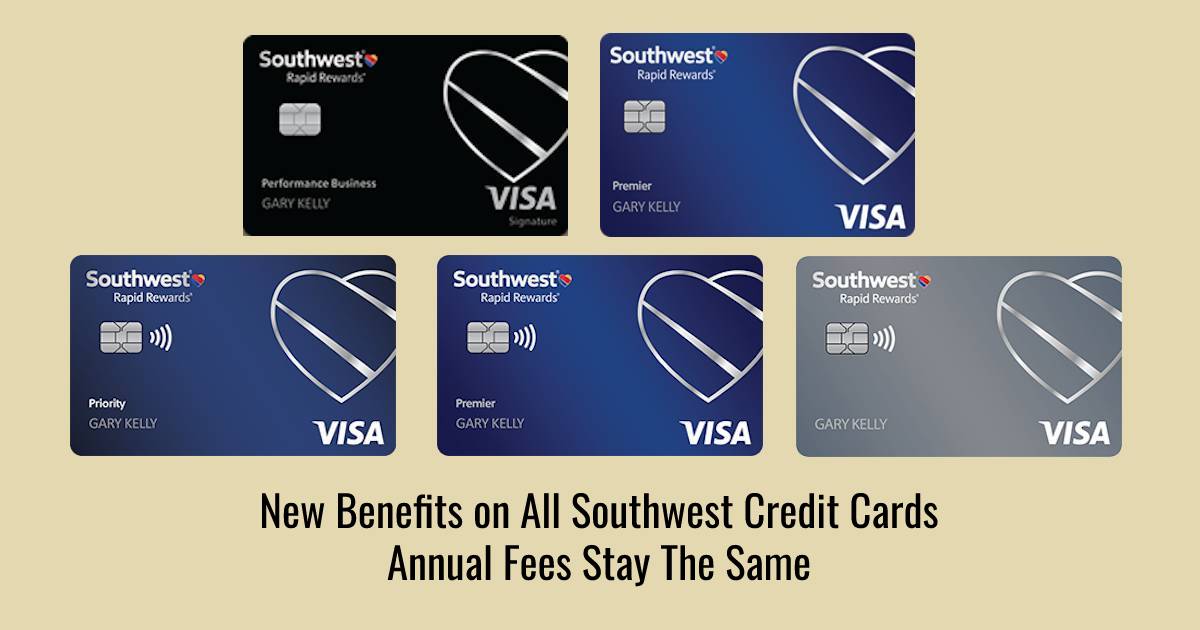
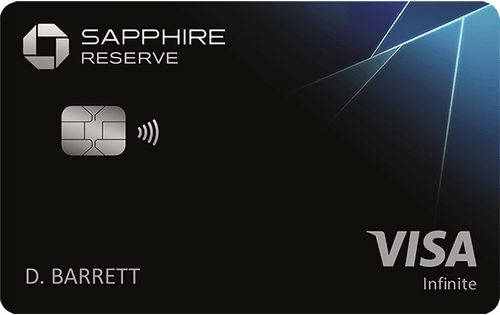
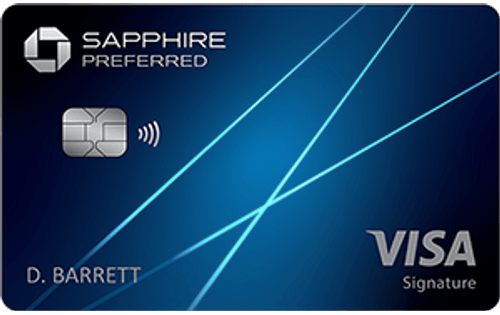

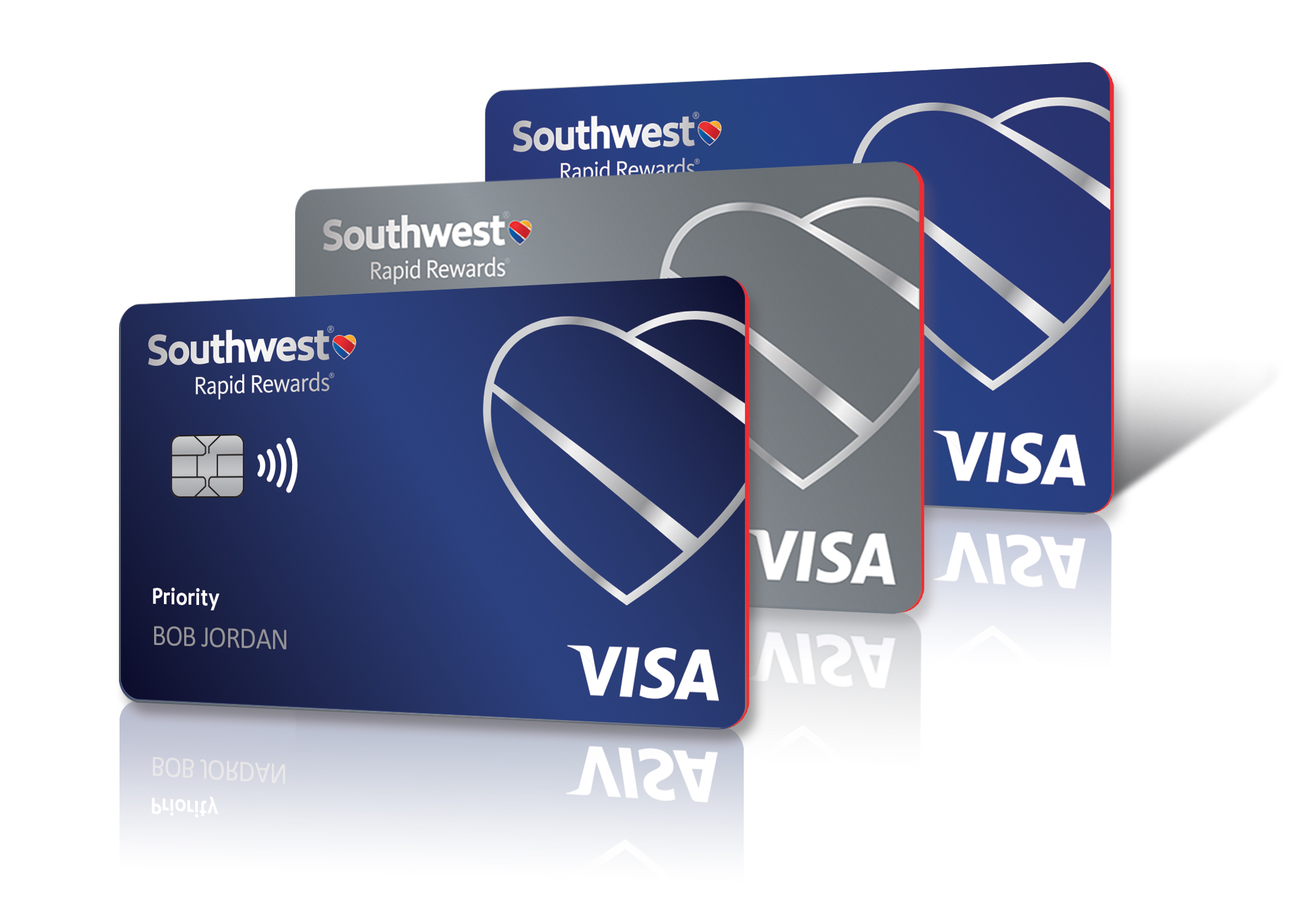





![Chase Southwest Credit Card Interest Rate 19 Benefits of the Southwest Rapid Rewards Priority Card [2025]](https://upgradedpoints.com/wp-content/uploads/2023/03/Southwest-Priorty-card-2.jpg)


